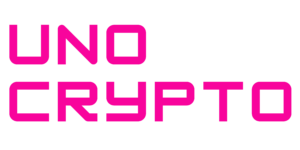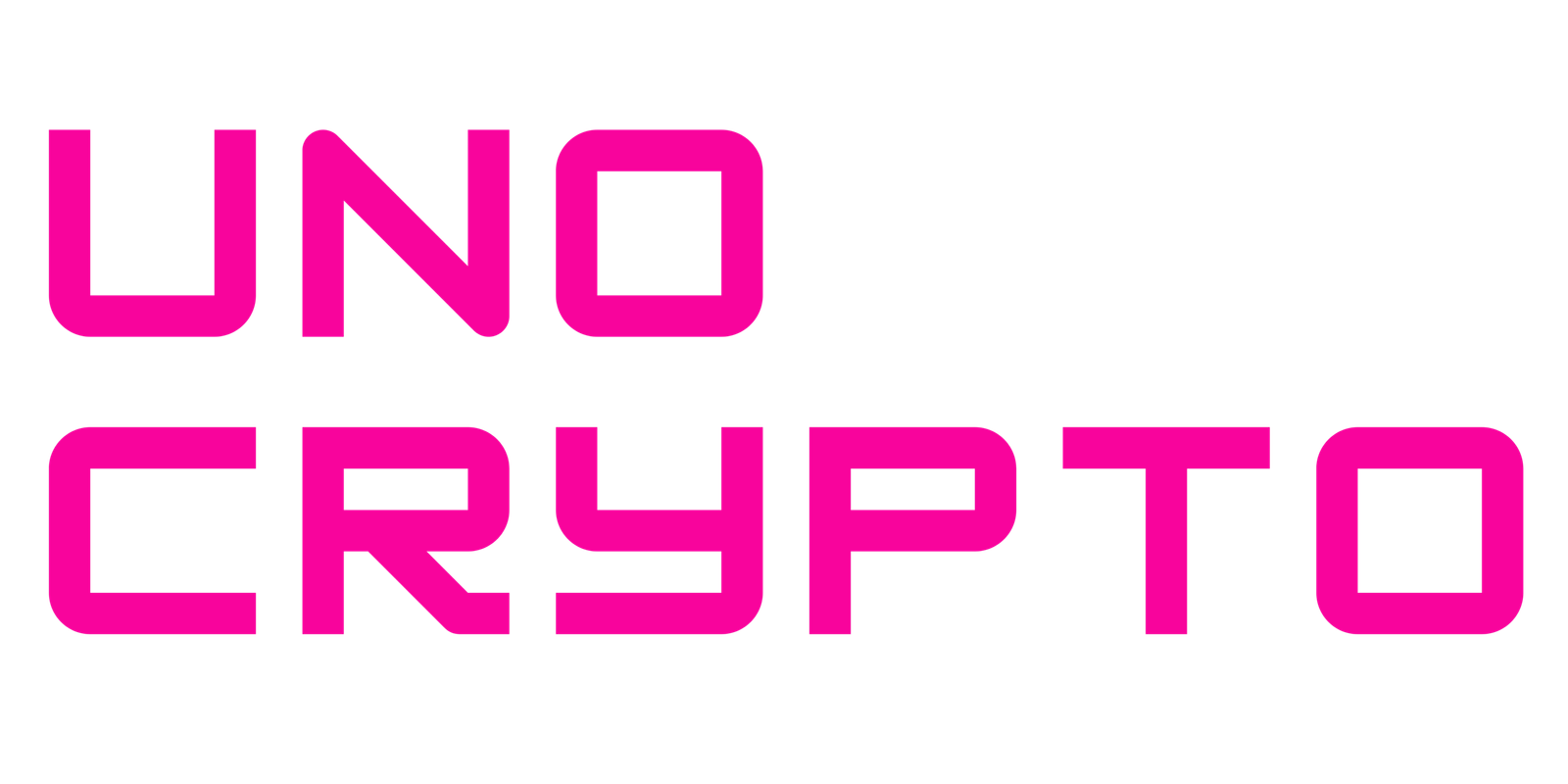Speculative assets face many challenges today. Despite these headwinds, Ethereum’s stablecoin ecosystem is holding strong. The ecosystem shows impressive utility and resilience.
Stablecoins keep the market active. Onchain volume remains high. Over the last four months, it has averaged around $800 billion monthly. This volume indicates steady demand and use.
Ethereum’s Stablecoin Ecosystem Thrives
The daily number of addresses sending stablecoins has grown too. In one recent week, transfers hit 600,000 addresses. This growth shows more users and a vibrant network. Such numbers point to the steady use of stablecoins on Ethereum.
Dominance of USDC and USDT
USDC and USDT lead the stablecoin market. They made up $740 billion of February’s total volume. The overall volume reached $850 billion. This shows that the market trusts these two coins.
Investors choose them for their established track records. Their large share indicates confidence in these digital dollars.
Ethereum is the key blockchain for these tokens. The platform hosts $35 billion in USDC and $67 billion in USDT. This dominance reflects Ethereum’s strong role.
It is the main settlement layer for many stablecoin transactions. Even with many blockchains available, Ethereum stands out. Its secure network helps maintain stable transactions.
ETH’s Price Actions
The market shows mixed signals. ETH is trading at $1,940.99. It increased by 1.73% in the last 24 hours. The global market cap sits at $234.1 billion. The 24-hour trading volume also went up by 2.68%.
These figures show a modest rise in interest and trading. However, traders remain cautious. Ethereum’s latest testnet upgrade, called Pectra, faced issues. It was deployed on the Sepolia network.
The upgrade went live on March 5. Almost immediately, errors appeared. This incident raised concerns about the stability of new upgrades. Yet, the ecosystem still holds its ground. The overall network shows strength despite these setbacks.
Regulatory Developments Boost Confidence
Stablecoins are now seen as one of the best products in crypto. They offer clear benefits over traditional finance rails. They allow fast, secure transactions. They help reduce costs and delays found in old systems.
In addition, the stablecoin sector is gaining more regulatory clarity. The U.S. government is advancing a stablecoin bill. This bill aims to set clear rules and standards for issuers. If passed, it will boost confidence in the market.
Regulation could further legitimize major U.S.-based providers. Circle, Paxos, and PayPal are in focus. A clearer framework may help them grow further.
This move could also attract more investors to the stablecoin space. It shows the government’s willingness to support a stable, clear market.
The stablecoin ecosystem on Ethereum is a bright spot in the crypto world. It has maintained strong momentum even during market turbulence. The high onchain volume and steady address count show continued use.
The dominance of USDC and USDT underscores trust in these assets. Despite technical issues with testnet upgrades, Ethereum remains the top platform for stablecoin transactions.


